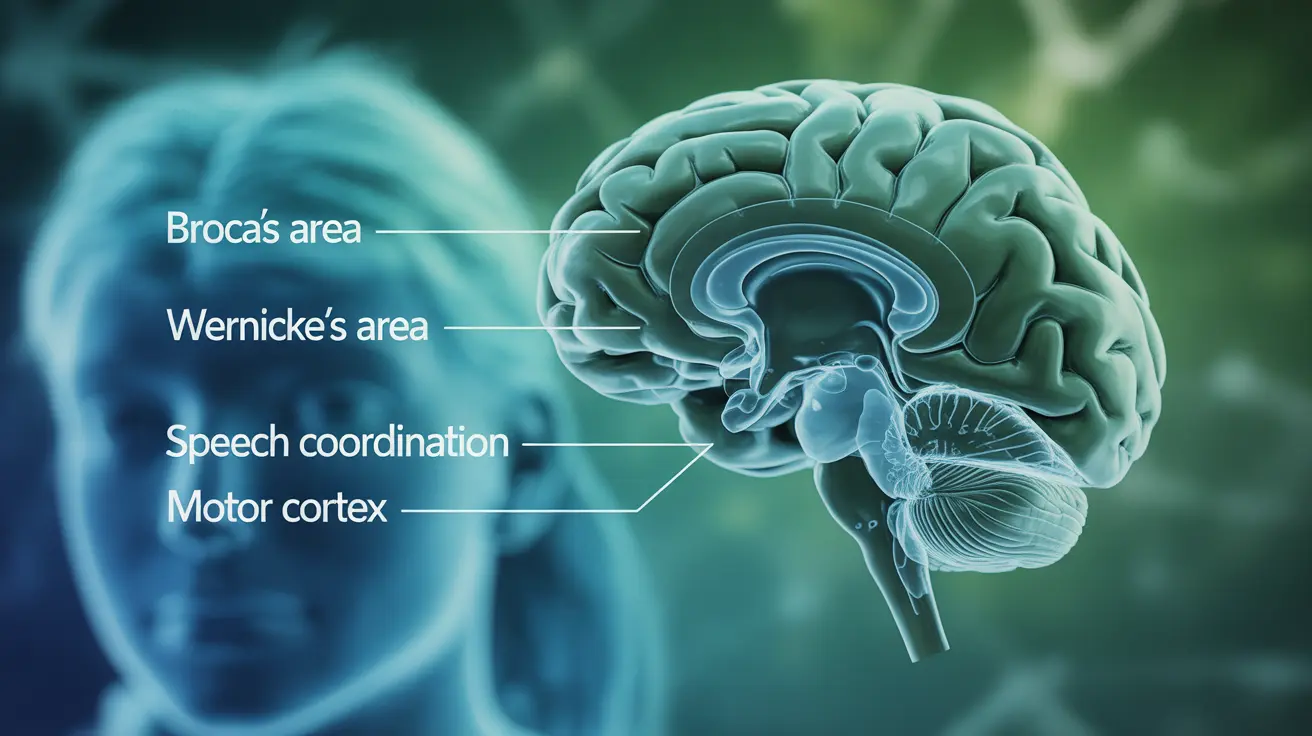Apraxia of Speech (AOS) is a complex neurological speech disorder that affects a person's ability to plan and coordinate the movements needed for speech production. Despite having normal muscle strength and language comprehension, individuals with AOS struggle to perform the precise movements required to form words and sounds correctly.
Understanding the medical meaning of AOS is crucial for both healthcare providers and affected individuals, as early recognition and appropriate intervention can significantly impact treatment outcomes. This comprehensive guide explores the key aspects of AOS, including its causes, symptoms, diagnosis, and treatment options.
What is AOS in Medical Terms?
In medical terminology, AOS (Apraxia of Speech) refers to a motor speech disorder that disrupts the brain's ability to coordinate the intricate movements of speech muscles. This condition can affect both children (Childhood Apraxia of Speech) and adults, though the underlying causes may differ between these groups.
The disorder specifically impacts the planning and sequencing of movements needed for speech, rather than the muscles themselves or language understanding. This distinction is important as it helps differentiate AOS from other speech disorders.
Types and Causes of AOS
Acquired Apraxia of Speech
This form typically occurs in adults following neurological damage, such as:
- Stroke
- Traumatic brain injury
- Brain tumors
- Neurological diseases
Developmental Apraxia of Speech
This type appears in children during development, often without a clear cause. Some factors that may contribute include:
- Genetic factors
- Neurological differences
- Complex developmental disorders
Common Symptoms and Signs
Individuals with AOS may experience various symptoms that can impact their ability to communicate effectively:
- Inconsistent speech errors
- Difficulty starting words or phrases
- Groping movements with the mouth when trying to speak
- Slower speech rate
- Problems with rhythm and intonation
- Better automatic speech than purposeful speech
- Increased difficulty with longer or more complex words
Diagnosis Process
Diagnosing AOS requires a comprehensive evaluation by speech-language pathologists (SLPs) who will:
- Assess oral-motor abilities
- Evaluate speech sound production
- Analyze speech patterns
- Review medical history
- Conduct specialized testing
Treatment Approaches
Treatment for AOS typically involves intensive speech therapy tailored to individual needs. Common approaches include:
- Sound and movement exercises
- Rhythmic timing techniques
- Alternative communication methods when needed
- Regular practice sessions
- Technology-assisted therapy tools
Living with AOS
Managing AOS requires patience, dedication, and support. Success often depends on:
- Early intervention
- Consistent therapy participation
- Strong support system
- Use of adaptive strategies
- Regular communication practice
Frequently Asked Questions
What does AOS mean in medical terms and how does it affect speech?
AOS (Apraxia of Speech) is a neurological speech disorder that affects the brain's ability to plan and coordinate the movements needed for speech. It impacts the precise muscle movements required for clear speech production, despite normal muscle strength and language understanding.
What are the common symptoms of apraxia of speech (AOS)?
Common symptoms include inconsistent speech errors, difficulty initiating speech, groping mouth movements, slower speech rate, and problems with rhythm and intonation. Individuals may also struggle more with longer or more complex words.
How is apraxia of speech diagnosed and distinguished from other speech disorders?
Speech-language pathologists diagnose AOS through comprehensive evaluations that include oral-motor assessments, speech pattern analysis, and specialized testing. They differentiate it from other disorders by focusing on the specific difficulties with speech movement planning rather than muscle weakness or language comprehension issues.
What treatment options are available for adults and children with apraxia of speech?
Treatment typically involves intensive speech therapy with approaches such as sound and movement exercises, rhythmic timing techniques, and alternative communication methods. The therapy is tailored to individual needs and may include technology-assisted tools.
Can apraxia of speech be caused by brain injury or is it a developmental condition?
AOS can be both acquired and developmental. Acquired AOS typically occurs in adults following brain injury, stroke, or neurological conditions. Developmental AOS appears in children during development, often without a clear cause, though genetic factors may play a role.




